Get expert information on the temperament and needs of more than 300 dog breeds. Filter or search to find the breed you’re looking for.
There are many things to do before you bring the puppy home to ensure that you are prepared for their arrival. In addition to purchasing important equipment for them, it is also crucial to make appropriate preparations at home. The key factors to consider are
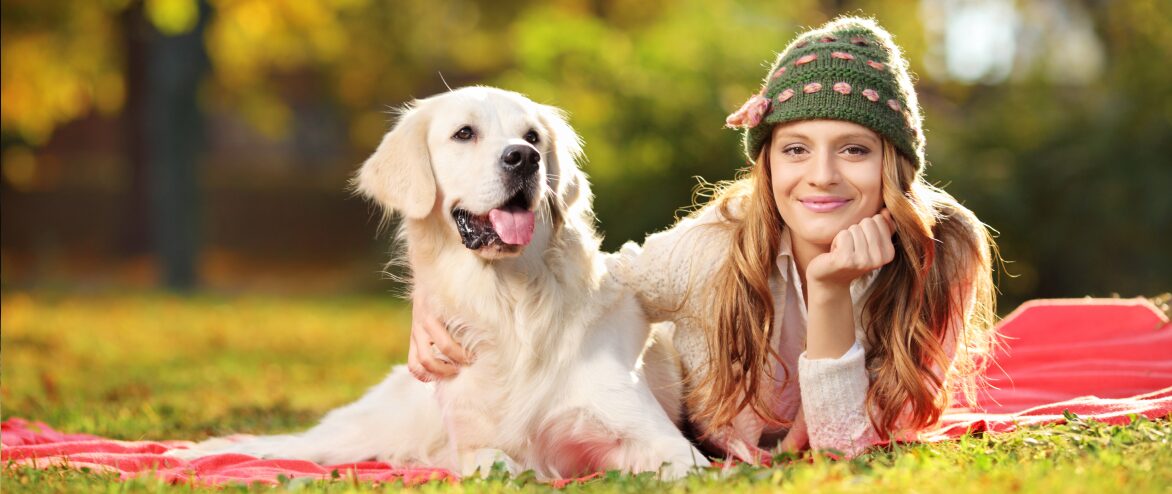
Puppies are curious and enjoy exploring, so before bringing new people home, make sure your home is safe and secure. Here is our checklist to help you prepare a home for your puppy.
Toxic indoor plants
Many common indoor plants are very dangerous to dogs and puppies, including lilies, aloe vera, ivy, azaleas, witch hazel, dandelions, and begonias. It’s best not to let all indoor plants near your puppy, or carefully check if your plants pose a threat to them.
Toxic foods
Some of the foods we like are very harmful to your puppy, even deadly. The most famous toxic foods include chocolate, coffee, avocados, grapes, and sultanas (consult your veterinarian for a complete list). For safety reasons, keep all food out of reach of puppies and ensure that your family knows that only food for their puppies can be fed.
Hazardous substances
Store chemicals, cleaning supplies, medicines, and other toxic substances within easy reach, or use child locks on cabinets. As is well known, electronic cigarette refilling and gauze washing are particularly harmful to dogs.
Small items
Puppies like to explore things with their mouths, so they should put away small things that they can chew or swallow. This includes children’s toys, push pins, plastic bags, and elastic bands. You should also hide other things you don’t want the dog to chew, such as your shoes.
Your puppy will enjoy spending time outdoors, so you need to ensure that your yard is also safe for them. Here are some important things to consider.
Like indoor plants, there are many outdoor plants that are toxic to dogs. They include hemlock, holly, mistletoe, rhododendron, narcissus, hyacinth, iris, rhododendron, rhododendron grass, heather, cherry grass, and sweet peas. If there are toxic plants in your yard, you need to observe your little dog and make sure they stay away from them.
Like indoor plants, there are many outdoor plants that are toxic to dogs. They include hemlock, holly, mistletoe, rhododendron, narcissus, hyacinth, iris, rhododendron, rhododendron grass, heather, cherry grass, and sweet peas. If there are toxic plants in your yard, you need to observe your little dog and make sure they stay away from them.
Like indoor plants, there are many outdoor plants that are toxic to dogs. They include hemlock, holly, mistletoe, rhododendron, narcissus, hyacinth, iris, rhododendron, rhododendron grass, heather, cherry grass, and sweet peas. If there are toxic plants in your yard, you need to observe your little dog and make sure they stay away from them.
Like indoor plants, there are many outdoor plants that are toxic to dogs. They include hemlock, holly, mistletoe, rhododendron, narcissus, hyacinth, iris, rhododendron, rhododendron grass, heather, cherry grass, and sweet peas. If there are toxic plants in your yard, you need to observe your little dog and make sure they stay away from them.
Before your puppy arrives, make sure you have everything you need to take care of them and help them adapt to their new home. The following are essential items.
Choose a pet that is easy to clean and suitable for your puppy’s growth.
These are useful for cleaning up any accidents, so it is essential to have sufficient inventory.
Choose a pet that is easy to clean and suitable for your puppy’s growth.
As an adult, your dog must have enough space to stand, turn, lie down, and stretch inside the box
Stainless steel bowls work well because they cannot be chewed, are easy to clean, and do not rust, shatter, or break. Dogs sensitive to noise may prefer plastic bowls
At first, this should be the food you feed your puppies before bringing them home.
Purchase toys, balls, or distribute chew items of appropriate size for your puppy. Rubber dog toys are usually more durable
8. Collar and belt
Choose a collar that can be adjusted as the puppy grows and check if it is comfortable enough to avoid slipping over their head.
Purchase non hazardous cleaning products without strong odors to avoid your puppy associating this odor with bathroom accidents
Depending on your dog’s hair type, you may need a brush, comb, or comb gloves. You also need a nail clipper specifically designed for dogs
The digestive system of puppies is very fragile, and sudden changes in diet can lead to indigestion and even make them suspicious of food. Therefore, in the first few days after they settle down, it is best to feed the puppy the same food as the previous caregiver. Then you can slowly introduce the puppy food you have chosen that should support the growth of the puppy.
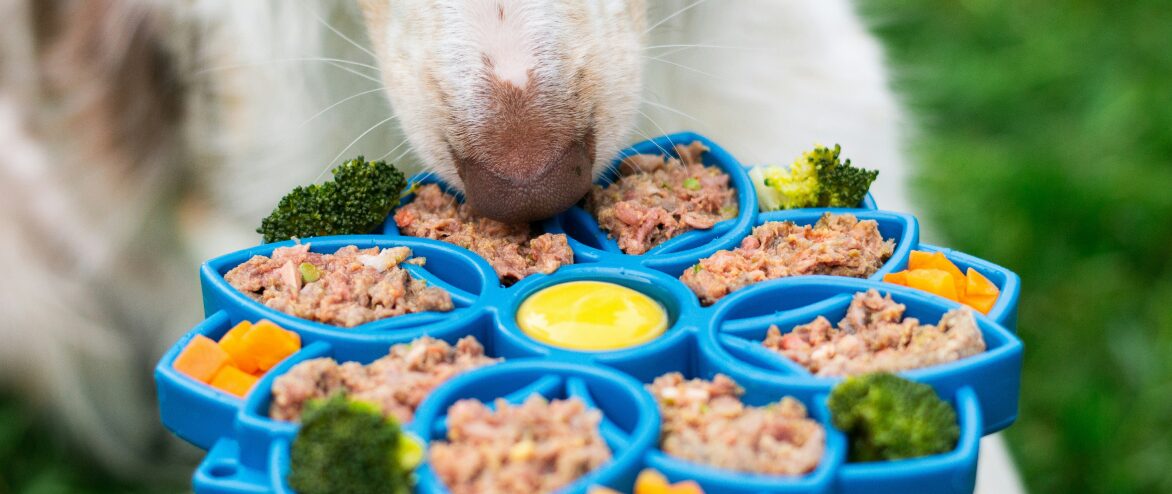
Puppies will undergo significant changes in the first few months and will grow significantly and adapt to new experiences when they reach adulthood (approximately 8-24 months depending on their size). Bringing a new puppy home requires careful research, especially in terms of diet. This puppy feeding guide provides necessary information to help you make nutritional choices during the critical early stages of your puppy, ensuring its health and longevity.
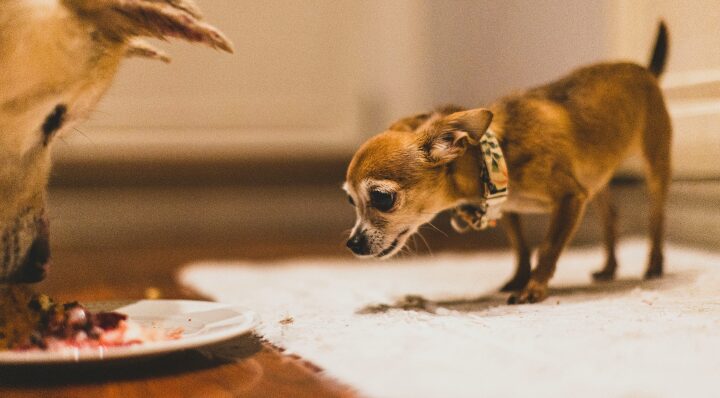
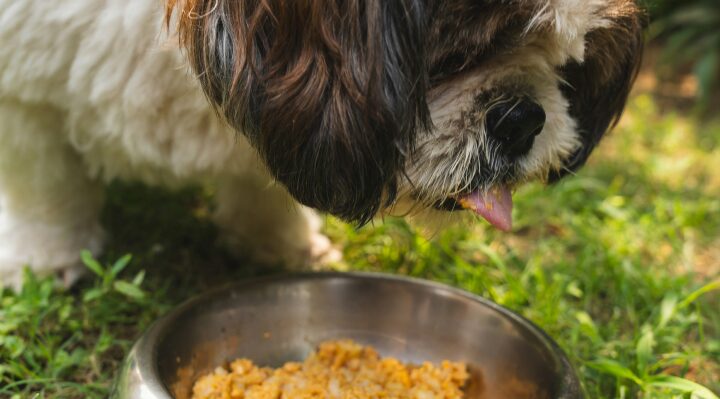
Puppies grow very fast, and their bodies can quickly catch up with those big ears and claws. However, their digestive and immune systems are still developing, so their food needs are different from those of adult dogs. The food they eat early on helps prepare them for future health. Choosing puppy food that suits their needs helps them grow, play, and socialize, while also obtaining all the right nutrients.
The dietary needs of puppies are different from those of adult dogs or humans. During their growth, play, and learning processes, they require specific nutrients to support their developing bodies. Their food should be more energy rich to promote rapid growth and maintain an appropriate balance of calcium and phosphorus to promote healthy bone development. Since puppies find it difficult to regulate their food intake, controlling their portions is important for you. Eating too much and growing too fast can lead to obesity and various health problems, affecting their quality of life, including bone and joint problems as well as digestive system disorders.
As puppies grow, their dietary needs will change depending on their breed size. Larger breeds such as Labrador Retrievers typically reach adulthood at around 15 months, while smaller breeds such as Jack Russell Terriers typically reach adulthood at around 10 months. To ensure that your puppy’s diet supports their growth and provides all necessary nutrients, please follow the feeding guidelines based on weight and age. If you are unsure, please consult a veterinarian.
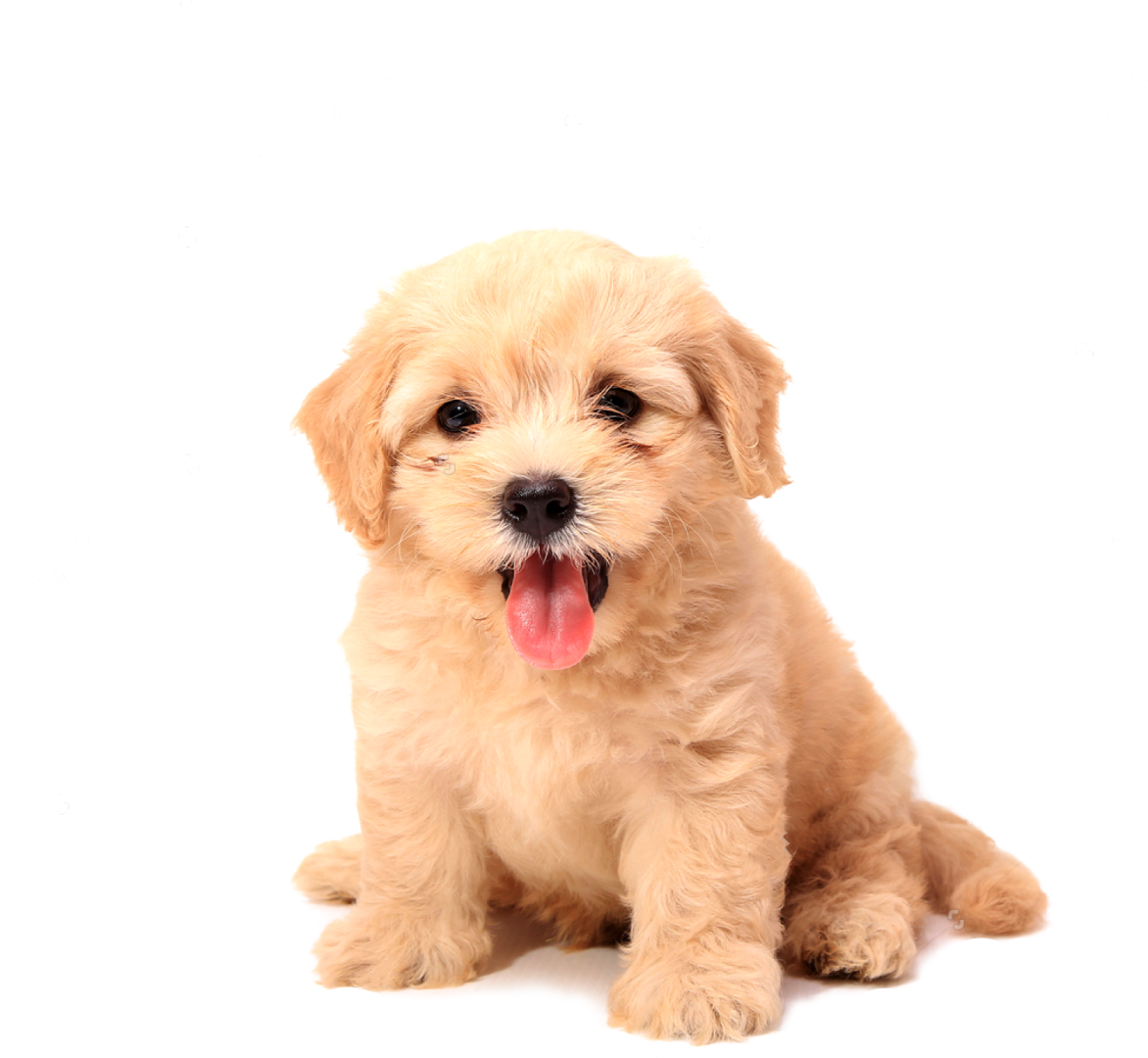
In the first month, puppies transition from breast milk to solid food and require balanced nutrition to support their fragile digestive system.
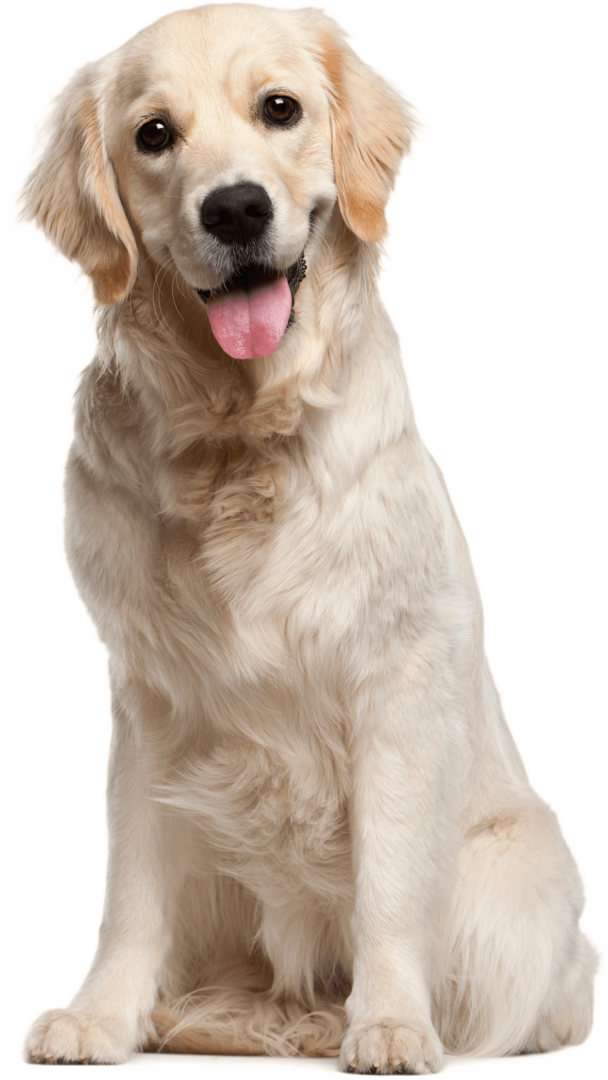
From 10 months to adulthood, puppies require additional joint health support, especially for larger breeds. Adjust their food intake accordingly and seek advice from feeding tables or veterinarians when needed.
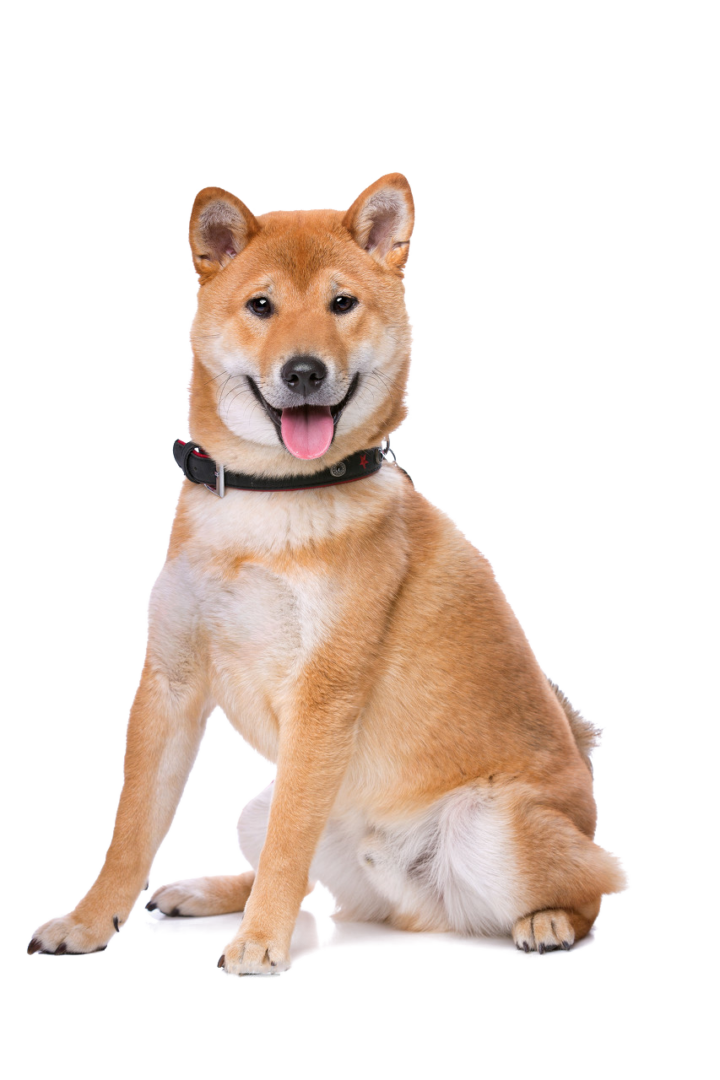
From 4 to 10 months, puppies continue to gain weight and require protein rich foods to support their growth. Overfeeding may lead to problems, so follow the recommended portions based on breed and age.
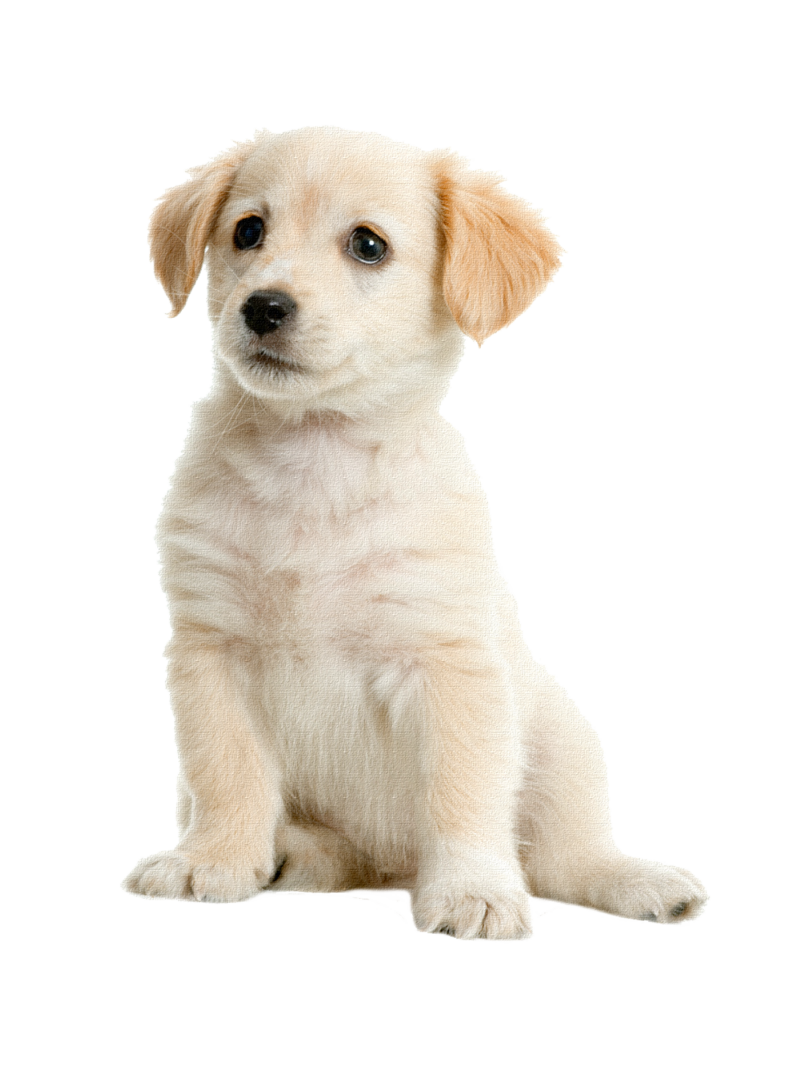
Between 2 and 4 months, puppies need moderate amounts of calcium, phosphorus, and vitamin D to promote bone development. At first, they should stick to eating their current food to ease their transition to their new home.
As puppies grow, their feeding plans will also change. During weaning, the daily food should be divided into at least four portions. For small breeds of dogs, stick to at least four servings per day until they are four months old, and then switch to at least two servings per day until they are ten months old. Larger varieties should also have at least three servings per day until six months old, and then switch to at least two meals per day until one year old. It should be noted that dogs do not require a diverse diet like humans. They thrive under stable dietary habits, which can start from their early months: eating the same food, bowl, and time every day.
Combining wet food with dry snacks is beneficial for your puppy. Wet food can provide additional moisture to replenish water, while dry snacks contain concentrated nutrients and can also help with oral health, as snacks can have a “brushing effect” on teeth.
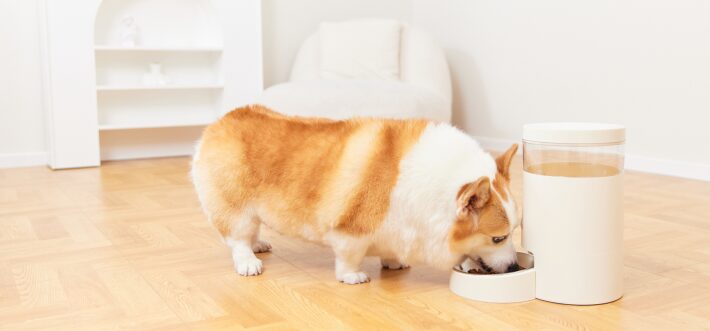
Veterinarians can guide you on when to start mixed feeding, but gradually transitioning over a few days can reduce the risk of digestive problems. The weight should be monitored and a mixed feeding table consulted to ensure proper balance. You can feed wet and dry food separately or together according to your preferences and the taste of the puppy.
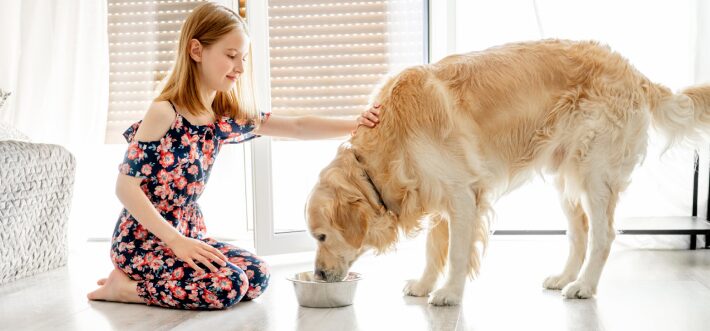
No matter what type of food you choose, it’s a good idea to establish a fixed feeding time, the same food, and the same bowl for your puppy. Refer to the feeding table that corresponds to the size of your dog breed to understand when your puppy is ready to start eating dry food.
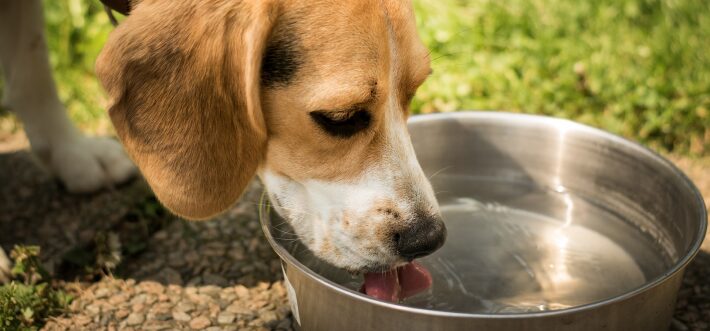
Your puppy’s water needs depend on factors such as their diet (dry, wet, or mixed), activity level, breed, size, and ambient temperature. Ensure that they always have access to fresh water and regularly clean the bowl to prevent parasites. Choose ceramic, glass, or stainless steel bowls as plastic may have a pungent odor that can irritate sensitive dog noses. If possible, place a few water bowls in a quiet place at home to make it easier for the puppy to stay hydrated.
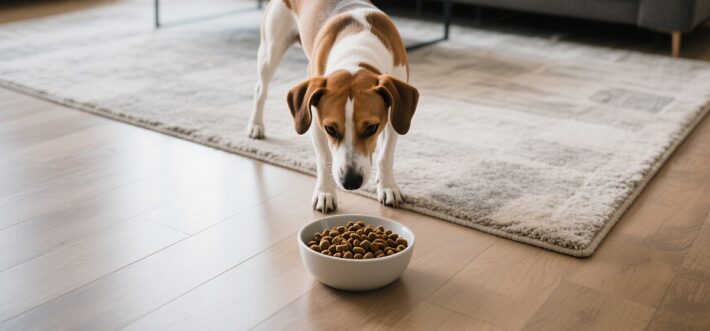
Resist the temptation to share food with puppies, no matter how pleading their eyes may be! Although humans can eat various foods, many human foods can harm puppies. In addition, feeding them table scraps can lead to bad habits like begging, which are difficult to break. For their health and behavior, they insist on using their specially formulated puppy food.
When your puppy should switch from puppy food to adult food depends on their breed and size, and these foods are divided into five categories. Toy dogs like Chihuahua will reach adult weight (approximately 20 times birth weight) at around 8 months of age. Meanwhile, the Great Dane, classified as a “giant” breed, will reach adulthood between 18 and 24 months, but by then will have grown to 100 times its birth weight!

Completely Pet Food is a company with a deep foundation and outstanding strength in the field of pet food
contact us: info@aorida.com
Sign up to get first dibs on new arrivals, sales, exclusive content, events and more!
Copyright © 2023 Aivonic, All rights reserved. Powered by MoxCreative